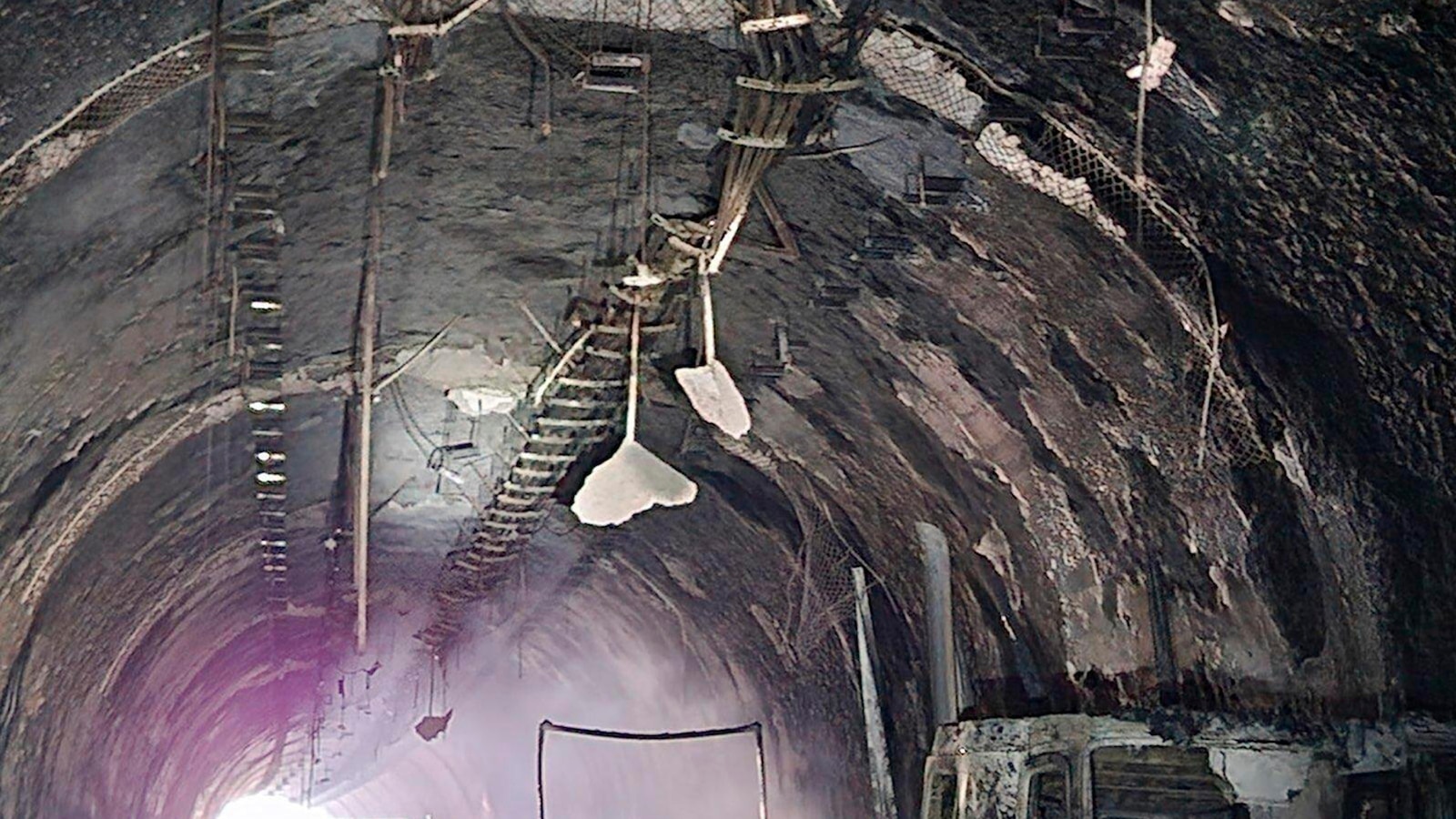Chaos on Wyoming Highway: NTSB Investigation into the Deadly Tunnel Incident
The recent investigation by the National Transportation Safety Board (NTSB) has shed light on the chaotic events surrounding a deadly incident in a tunnel along a Wyoming highway. This tragic accident, which garnered national attention, has raised crucial questions about highway safety and the underlying factors that contribute to such catastrophic events. As we delve deeper into the investigation findings, we uncover not only the sequence of events but also the broader implications for highway safety regulations and infrastructure improvements.
Understanding the Incident: What Happened?
On a fateful day, a series of unfortunate events unfolded within the confines of a tunnel on Wyoming’s highways. Witnesses reported that a pickup truck appeared to lose control, leading to a multi-vehicle crash that resulted in a devastating fire. The aftermath was heart-wrenching, with several fatalities and numerous injuries.
The NTSB’s investigation focused on several key factors that may have contributed to the chaotic situation:
- Driver Behavior: Initial reports suggested that driver distraction or impairment could have played a role in the pickup truck’s loss of control.
- Weather Conditions: Adverse weather, including rain and reduced visibility, may have created hazardous driving conditions.
- Road Design: The specific design and maintenance of the tunnel itself were scrutinized, as poor infrastructure can exacerbate dangerous driving situations.
Key Findings from the NTSB Report
The NTSB’s preliminary findings revealed a complex interplay of factors that led to the chaos on the Wyoming highway. According to their report, the following elements were critical in understanding the incident:
- Loss of Control: The pickup truck’s driver reportedly failed to maintain control, potentially due to a combination of speeding and sudden maneuvers.
- Chain Reaction: The initial crash triggered a chain reaction involving multiple vehicles, leading to a massive pile-up.
- Fire Hazards: The materials within the vehicles, combined with the tunnel’s confined space, created an environment that exacerbated the fire, complicating rescue efforts.
The Human Element: Victims and Survivors
The consequences of this tragic incident extend beyond statistics. Families were torn apart, and individuals faced life-altering injuries. The stories of victims and survivors offer a stark reminder of the human toll that such accidents can exact. Many survivors reported feeling a sense of helplessness as they witnessed the chaos unfold around them.
Community members have rallied around those affected, providing support and resources as families cope with their losses. Fundraising efforts and community vigils highlight the resilience and solidarity of the Wyoming community in the face of this tragedy.
Implications for Highway Safety
The chaos on the Wyoming highway tunnel raises profound questions about highway safety and infrastructure. The NTSB’s findings will likely influence future safety regulations and policies. Here are some potential implications:
- Increased Safety Regulations: The incident may prompt stricter regulations regarding vehicle safety standards and driver behavior, such as stricter penalties for distracted driving.
- Infrastructure Improvements: The report could lead to an evaluation of highway tunnels nationwide, with an emphasis on improving design and maintenance to prevent similar tragedies.
- Public Awareness Campaigns: The need for enhanced driver education regarding safe driving practices, especially in adverse weather conditions, may become a priority.
Looking Ahead: The Road to Safer Highways
While the chaos on the Wyoming highway has left an indelible mark on the community, it also serves as a catalyst for change. The NTSB’s investigation and subsequent recommendations could pave the way for a safer driving environment across the country. Here are some proactive steps that can be taken:
- Enhancing Driver Education: Emphasizing the importance of defensive driving and situational awareness can empower drivers to make safer choices.
- Investing in Technology: Advanced driver-assistance systems (ADAS) can help prevent accidents by alerting drivers to potential hazards.
- Community Engagement: Involving local communities in discussions about road safety can lead to more tailored solutions that address specific concerns.
Conclusion: A Call to Action
The chaotic events on the Wyoming highway tunnel serve as a somber reminder of the fragility of life on the road. As investigations continue, it is imperative for all stakeholders—government agencies, transportation officials, and the public—to collaborate in fostering a culture of safety. The lessons learned from this tragedy must not be forgotten; instead, they should inspire actionable change that prioritizes the safety of all road users.
In conclusion, while the chaos on Wyoming’s highway has left scars, it also ignites a commitment to improvement. By addressing the factors that led to this incident, we can work towards a future where highways are not just thoroughfares but safe passages for everyone.
See more Update My News



